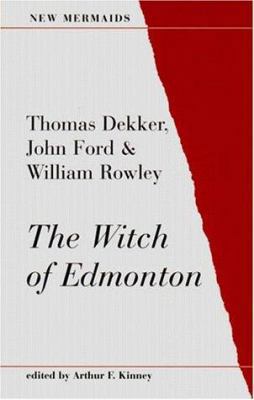All Formats & Editions
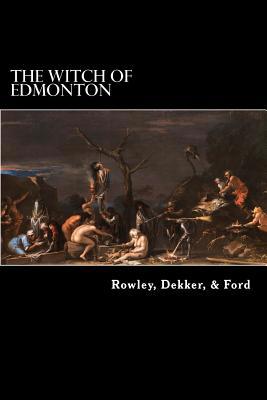
The Witch of Edmonton

The Witch of Edmonton
It is a historical phenomenon that while thousands of women were being burnt as witches in early modern Europe, the English - although there were a few celebrated trials and executions, one of which the play dramatises - were not widely infected by the witch-craze. The stage...

The Witch of Edmonton
On 19 April 1621, a woman named Elizabeth Sawyer was hanged at Tyburn. Her story was on the bookstalls within days and within weeks was adapted for the stage as The Witch of Edmonton . The devil stalks Edmonton in the shape of a large black dog and, just as Elizabeth Sawyer makes...

The Witch of Edmonton
At the center of this remarkable 1621 play is the story of Elizabeth Sawyer, the titular Witch of Edmonton, a woman who had in fact been executed for the crime of witchcraft mere months before the play's first performance. Described by the authors as a tragi-comedy and drawn...
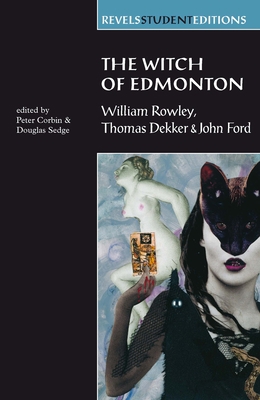
The Witch of Edmonton: By William Rowley, Thoma...
The Witch of Edmonton has received considerable attention recently both from scholars and critics interested in witchcraft practices and also from the directors in the theatre. The play, based on a sensational witchcraft trial of 1621, presents Mother Sawyer and her local community...

The Witch of Edmonton

Thomas Dekker - The Witch of Edmonton: "I have ...
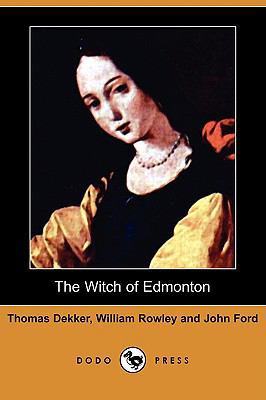
The Witch of Edmonton (Dodo Press)
The Witch of Edmonton is an English Jacobean play, written by William Rowley, Thomas Dekker and John Ford in 1621. The play-"probably the most sophisticated treatment of domestic tragedy in the whole of Elizabethan-Jacobean drama"-is based on supposedly real-life events that...

John Ford - The Witch of Edmonton
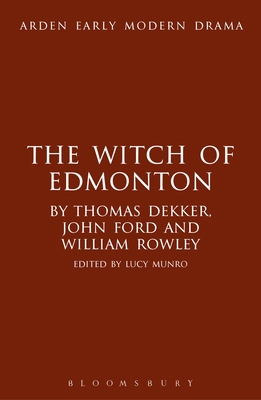
The Witch of Edmonton
On 19 April 1621, a woman named Elizabeth Sawyer was hanged at Tyburn. Her story was on the bookstalls within days and within weeks was adapted for the stage as The Witch of Edmonton . The devil stalks Edmonton in the shape of a large black dog and, just as Elizabeth Sawyer makes...

The Witch of Edmonton
